Piazza della Signoria is the political and historical heart of Florence. Located just a few steps from the Cathedral of Santa Maria del Fiore (Duomo) and the Ponte Vecchio over the Arno, it gathers monuments, sculptures, and palaces that bear witness to the power of the Florentine Republic and the patronage of the Medici. It is at once a civic square, an open-air museum, and a lively meeting place for both visitors and Florentines.
The Palazzo Vecchio dominates the square, the historic seat of communal power. The entrance to the Uffizi Gallery is here as well, and monumental statues adorn it, including the copy of Michelangelo’s famous David.
Highlights around the square
- Palazzo Vecchio: the former seat of government, symbol of communal authority.
- Loggia dei Lanzi: an arcaded gallery housing renowned sculptures such as Cellini’s Perseus or Giambologna’s Rape of the Sabine Women.
- Fountain of Neptune: created by Bartolomeo Ammannati in the 16th century.
- Monumental statues: copy of Michelangelo’s David, Hercules and Cacus by Baccio Bandinelli, Judith and Holofernes by Donatello.
- Presence of ancient works: lions, Roman statues, and decorations.
Tour of the square: works and monuments
Piazza della Signoria opens as a vast rectangular space dominated by the imposing silhouette of the Palazzo Vecchio and its Arnolfo Tower. In front of the palace stands the copy of Michelangelo’s David, installed here in 1504 to embody the strength of the Florentine Republic, next to Bandinelli’s Hercules and Cacus (1534). The Fountain of Neptune (1565), commissioned by Cosimo I de’ Medici from Ammannati, symbolizes Florence’s maritime power.
On the south side, the Loggia dei Lanzi is recognizable by its sequence of Gothic arches transformed into an exhibition space for sculptures: Cellini’s Perseus holding the Head of Medusa, a Mannerist bronze masterpiece (1554), and Giambologna’s dynamic Rape of the Sabine Women (1583) are the most renowned. Ancient sculptures are also visible, such as a lion, symbol of strength and vigilance. The square’s paving, often filled with visitors, enhances this monumental setting where architecture, civic art, and historical memory intertwine.
Historical overview
Piazza della Signoria was created in the 13th century during the development of the area around the Palazzo Vecchio, then known as the Palazzo della Signoria, seat of the communal government. It quickly became the center of Florentine political life: popular assemblies and official proclamations were held here. In 1497, the reformer Savonarola organized the “Bonfire of the Vanities” here, before being himself executed and burned on the square the following year—an event still marked by an inscription on the ground.
The square was the stage of rivalries between political factions and of public demonstrations, but also of sumptuous ceremonies organized by the Medici. The gradual placement of statues and the fountain between the 15th and 16th centuries transformed the square into a scene of visual propaganda, where each sculpture served to recall the values of the Republic or the authority of the dukes. Over time, it became a symbolic space embodying Florentine identity, preserving this dual role as civic center and open-air museum, continuing today as one of the city’s most emblematic spaces.
Guided tour proposals
Photo gallery
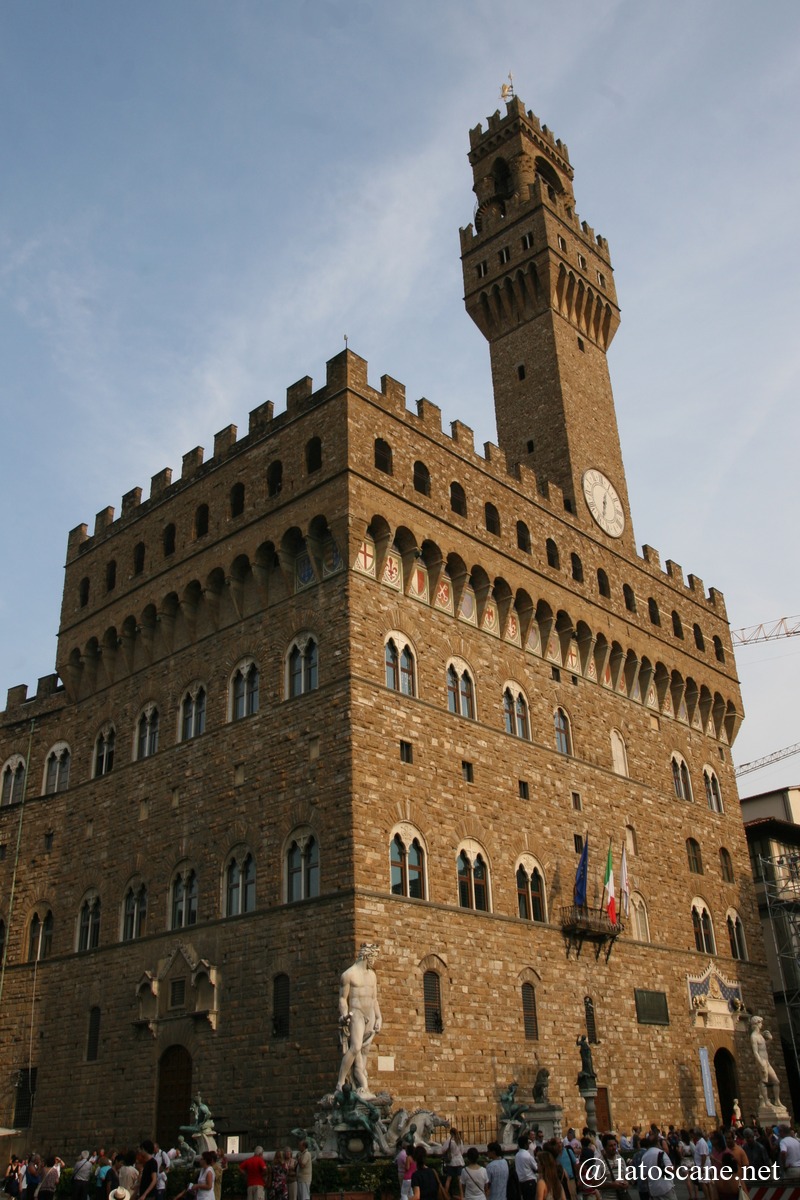
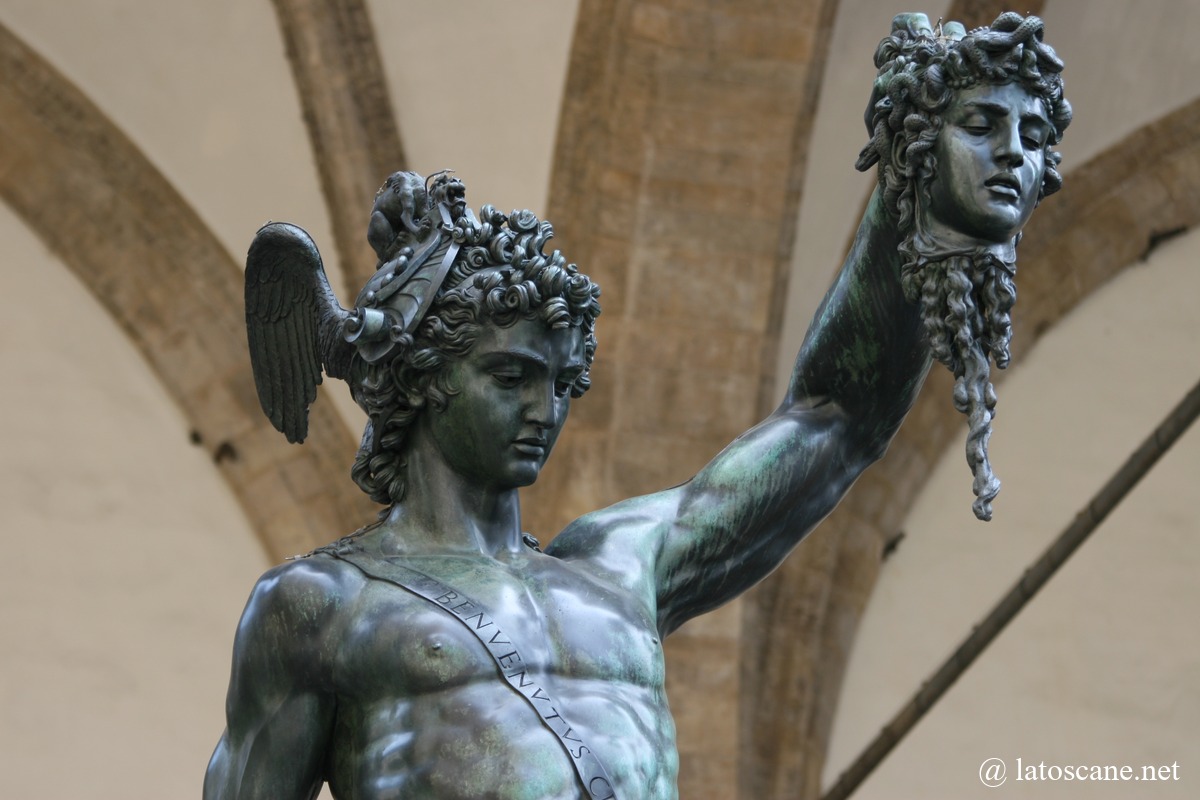
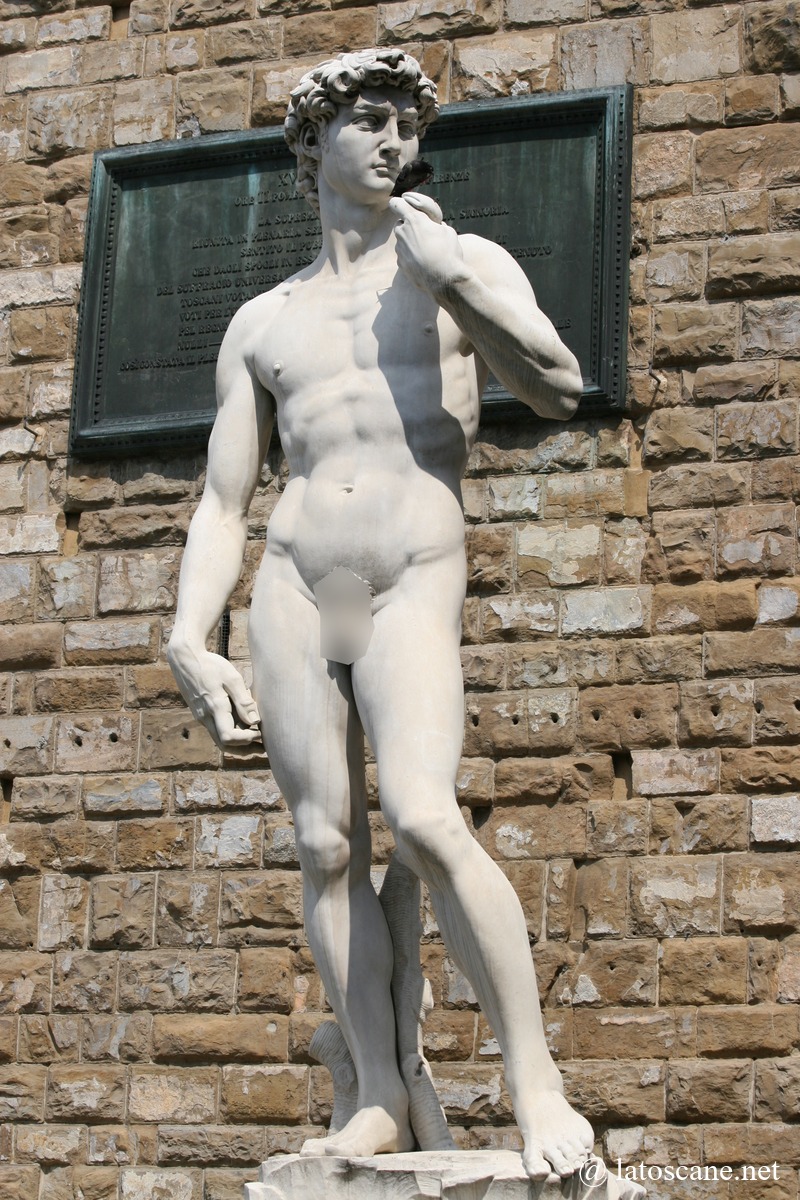
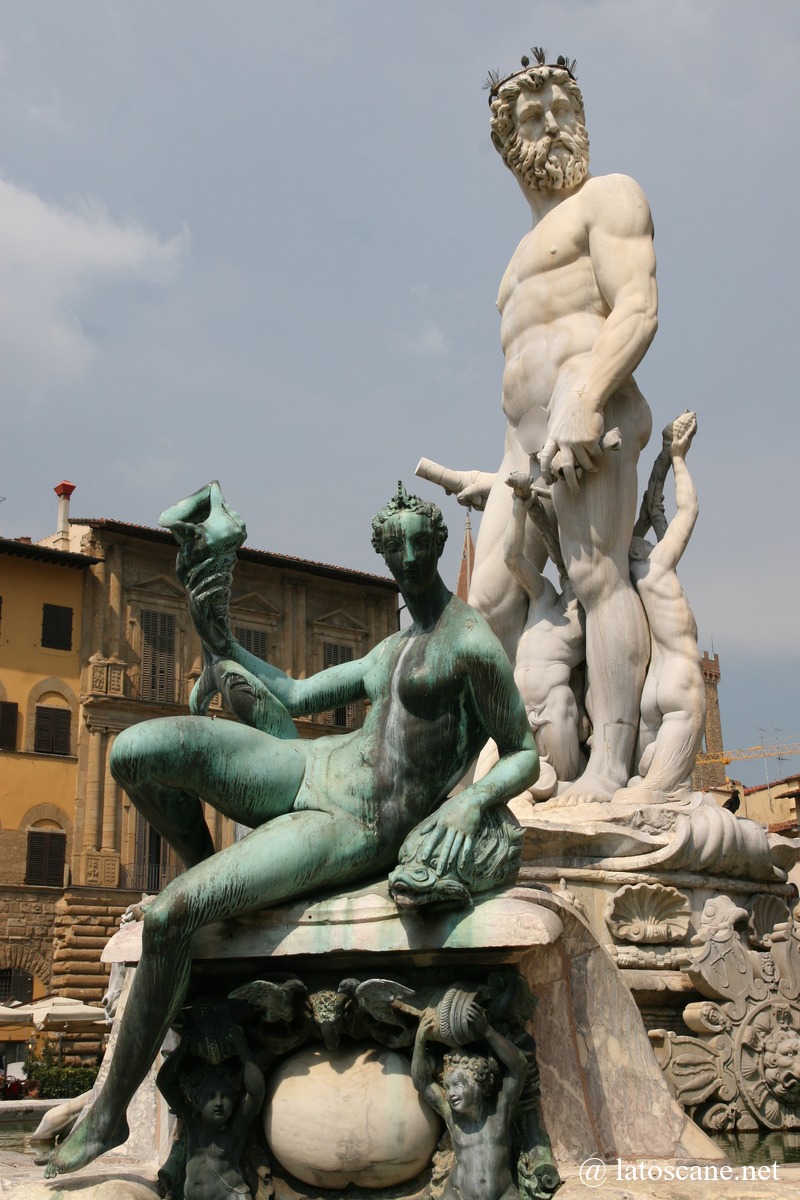
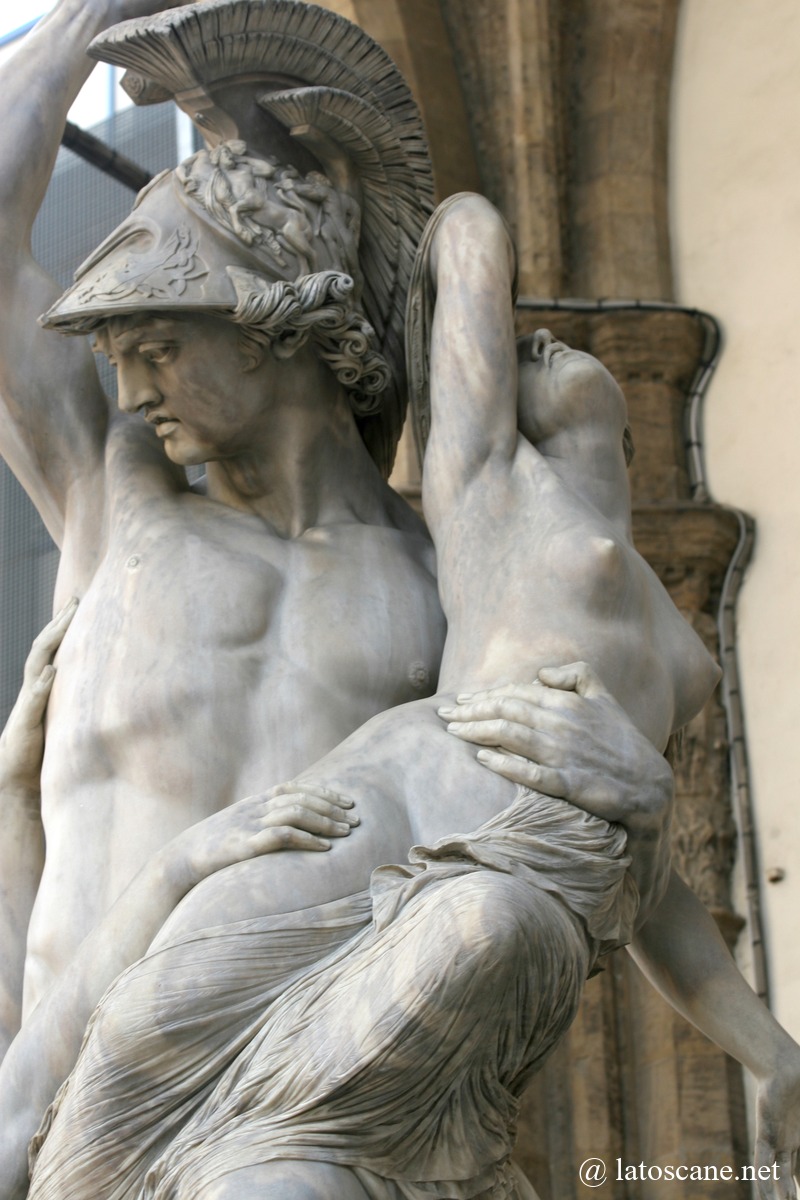
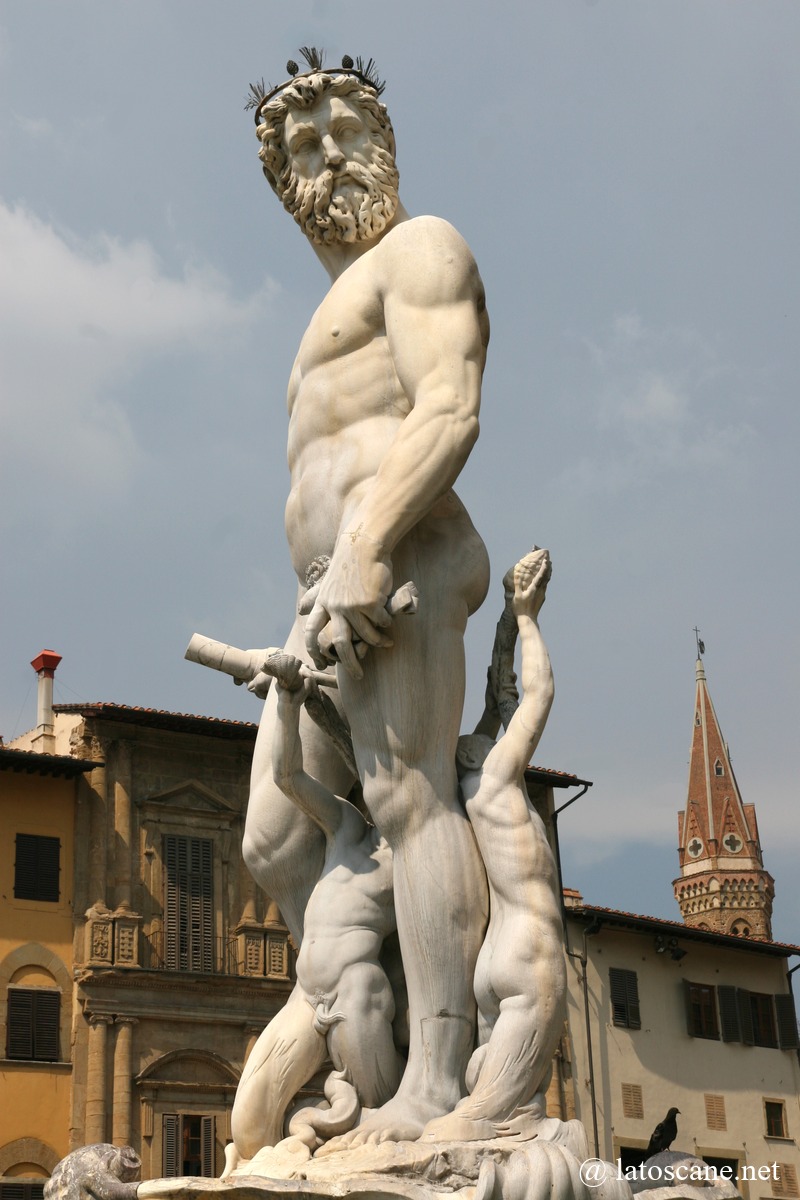
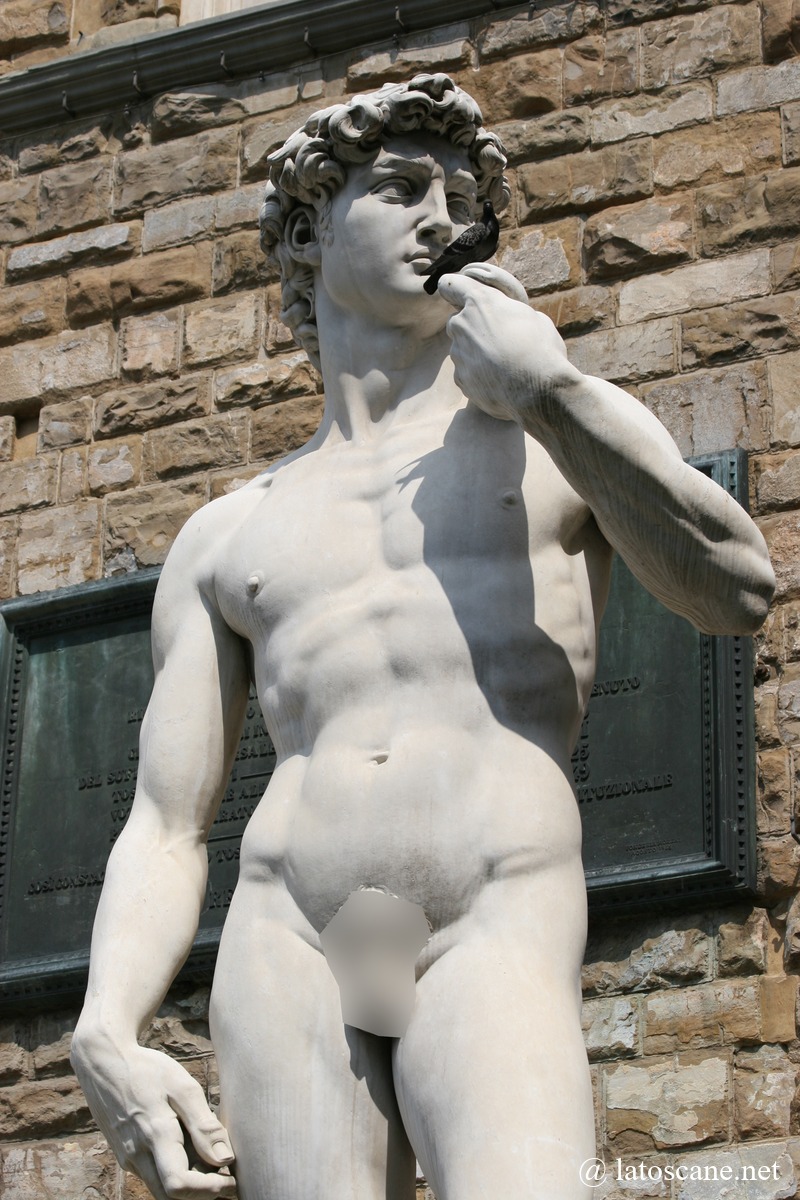
Where is Piazza della Signoria, map
If you see this after your page is loaded completely, leafletJS files are missing.
Information
Links and sources
Articles category Florence
- Florence
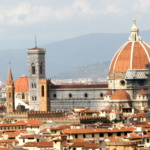 Florence, the capital of Tuscany crossed by the Arno River, has ...
Florence, the capital of Tuscany crossed by the Arno River, has ... - What to see in Florence: monuments, squares and museums
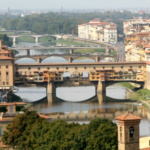 To explore Florence, at least 3 days are needed. The historic ...
To explore Florence, at least 3 days are needed. The historic ... - Interactive map of Florence
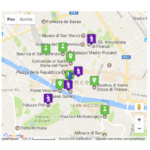 Map of Florence with its major monuments, places and museums Articles about ...
Map of Florence with its major monuments, places and museums Articles about ... - Hotels in Florence
 Hotels in Florence
Hotels in Florence - Visit Florence in 2 or 3 days
 A three-day stay in Florence allows you to discover the main ...
A three-day stay in Florence allows you to discover the main ... - Tickets and tours in Florence
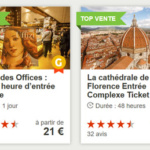 Florence touristic pass and combined tickets Excursions, visites guidées et billets à ...
Florence touristic pass and combined tickets Excursions, visites guidées et billets à ... - 16 Tuscan foods to try
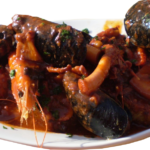 The Tuscan cuisine, particularly Florentine, is a celebration of simplicity and ...
The Tuscan cuisine, particularly Florentine, is a celebration of simplicity and ... - Florence Cathedral
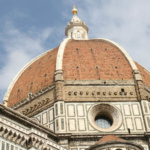 The Cattedrale di Santa Maria del Fiore, symbol of Florence, displays ...
The Cattedrale di Santa Maria del Fiore, symbol of Florence, displays ... - Palazzo Vecchio of Florence and museum
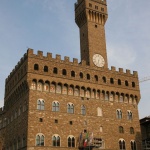 The Palazzo Vecchio (lit. “Old Palace”), one of the most iconic ...
The Palazzo Vecchio (lit. “Old Palace”), one of the most iconic ... - Ponte Vecchio
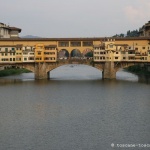 The Ponte Vecchio (lit. “the Old Bridge”) is one of the ...
The Ponte Vecchio (lit. “the Old Bridge”) is one of the ... - Churches in Florence
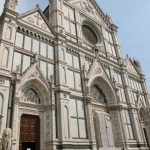 Florence, the cradle of the Renaissance where architecture, art, and history ...
Florence, the cradle of the Renaissance where architecture, art, and history ... - Museums in Florence
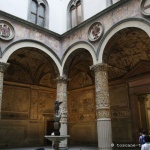 Florence, cradle of the Renaissance, is a true capital of art ...
Florence, cradle of the Renaissance, is a true capital of art ... - Uffizi Gallery
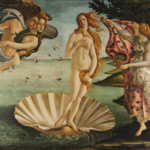 La Uffizi Gallery in Florence is one of the most famous ...
La Uffizi Gallery in Florence is one of the most famous ... - Santa Croce Basilica in Florence
 The Basilica of Santa Croce, built beginning in 1294, is the ...
The Basilica of Santa Croce, built beginning in 1294, is the ... - Santa Maria Novella Basilica in Florence
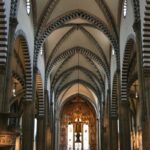 Santa Maria Novella is the large Dominican church located at the ...
Santa Maria Novella is the large Dominican church located at the ... - Palazzo Pitti, its museums and the gardens of Boboli
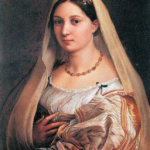 Palazzo Pitti is one of the largest buildings in Florence and ...
Palazzo Pitti is one of the largest buildings in Florence and ... - Gallery of the Academy of Florence
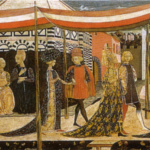 The Gallery of the Academy (Galleria dell’Accademia in Italian) is one ...
The Gallery of the Academy (Galleria dell’Accademia in Italian) is one ... - Typical cuisine of FlorenceThe Tuscan cuisine is based on simple, high-quality ingredients, reflecting a ...


No Comments Yet